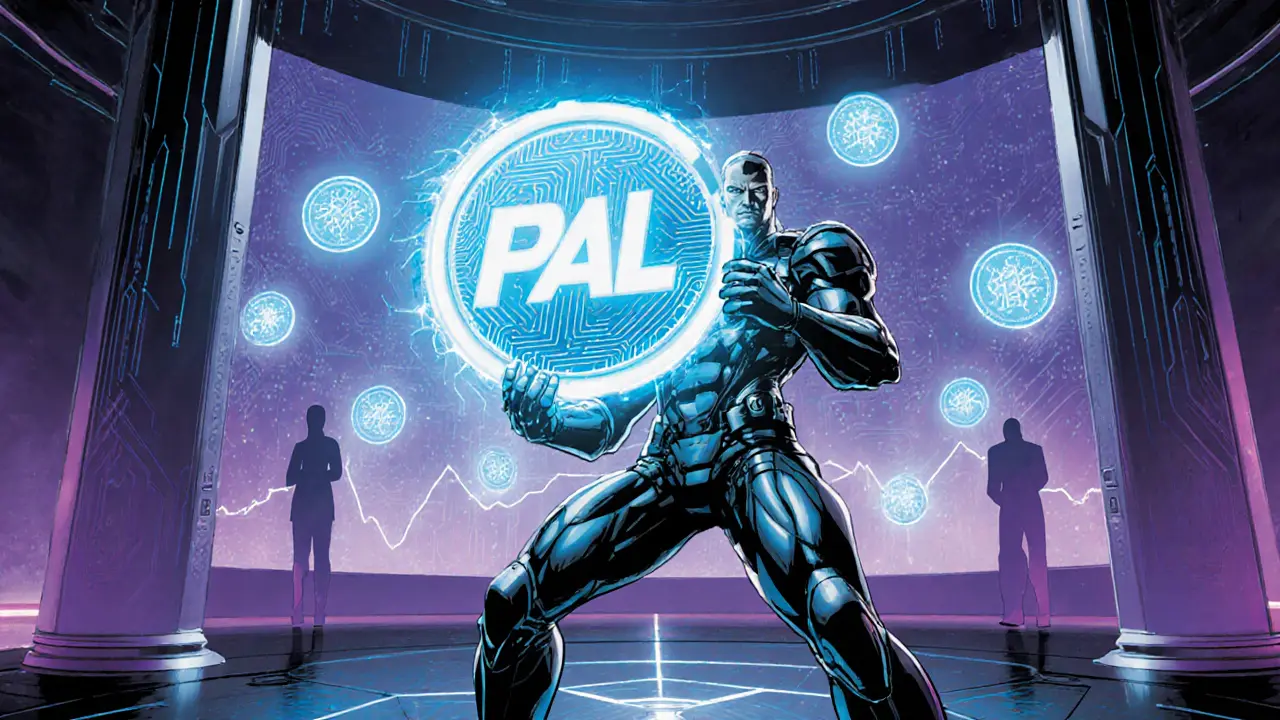Paladin (PAL) Crypto Coin Explained: Governance Lending Token Overview
Learn what Paladin (PAL) crypto coin is, how its governance‑lending model works, current market data, trading venues, backers, risks, and how to start using PAL.
When working with DeFi governance, the decision‑making framework that lets token holders shape decentralized finance protocols through proposals, voting, and community consensus. Also known as decentralized finance governance, it blends economics, code, and social coordination to keep protocols secure and adaptable.
At the heart of any robust DeFi governance model is a DAO, a Decentralized Autonomous Organization that codifies rules in smart contracts and lets members act without a central authority. DAOs provide the structure for proposals, fund allocation, and execution. Without a DAO, a protocol would lack the transparent, trust‑less process needed for collective upgrades.
One of the most visible tools in a DAO is the governance token, a crypto asset that grants voting power proportional to the holder’s stake. These tokens turn economic interest into decision‑making weight, letting users vote on anything from fee changes to new feature roll‑outs. Another cornerstone is on‑chain voting, the process where votes are recorded directly on a blockchain, ensuring transparency and immutability. On‑chain voting links the community’s choice to executable code, so approved proposals can trigger smart‑contract upgrades automatically.
Effective DeFi governance also requires clear protocol upgrade, the method by which a blockchain or DeFi app implements new features or fixes after community approval. Upgrades can be smooth when the DAO’s rules define upgrade paths, fallback mechanisms, and timelocks. When these pieces click together, the ecosystem stays resilient against bugs, market shifts, and even malicious actors.
Beyond the basics, real‑world examples show how governance can shape entire markets. Flash‑loan arbitrage, for instance, thrives in protocols with flexible fee structures that the community can adjust via votes. Likewise, blockchain voting pilots in public elections illustrate how the same trust‑less tech can be repurposed for civic use, reinforcing the idea that DeFi governance is part of a broader movement toward transparent, tamper‑proof decision making.
Readers will find a mix of deep‑dive reviews, regulatory insights, and practical guides in the articles below. Whether you’re curious about how a Solana DEX implements DAO voting, what Japan’s strict compliance means for governance token listings, or how to claim airdrops that depend on community votes, the collection gives a hands‑on look at the tools and strategies shaping today’s DeFi landscape. Dive in to see how governance, tokens, and on‑chain voting converge to keep crypto projects evolving.

Learn what Paladin (PAL) crypto coin is, how its governance‑lending model works, current market data, trading venues, backers, risks, and how to start using PAL.